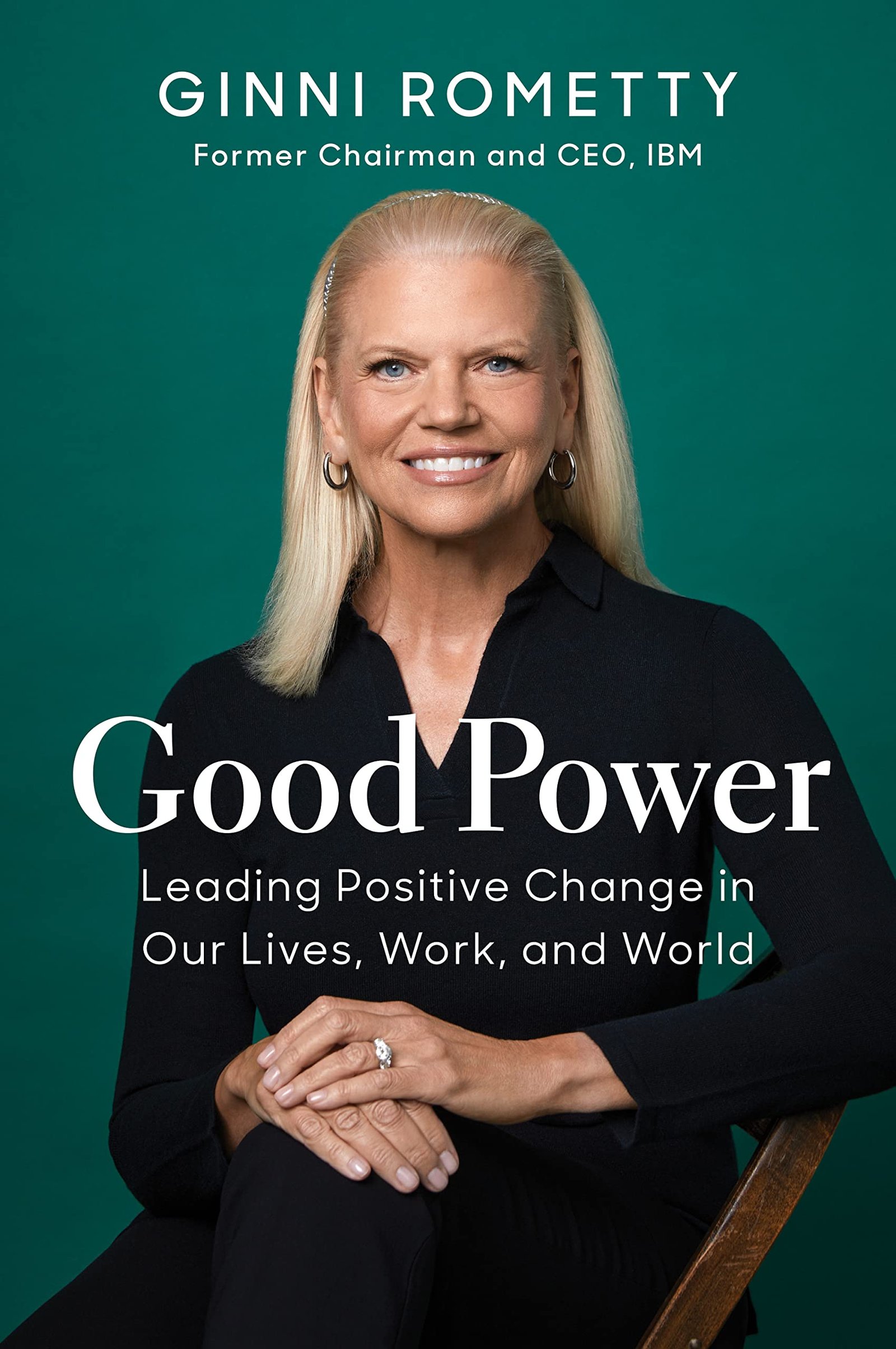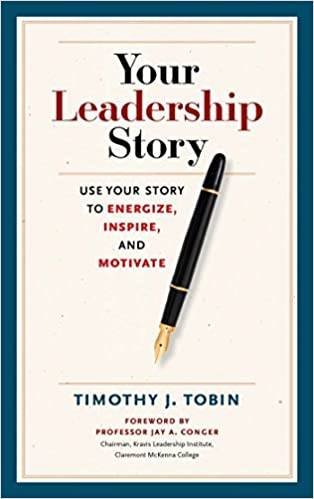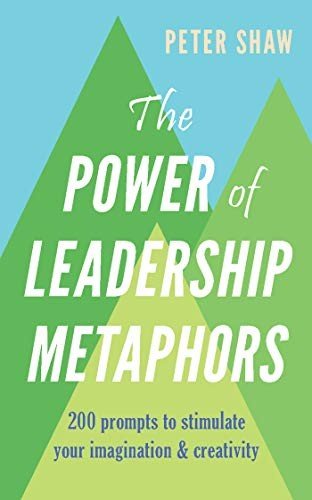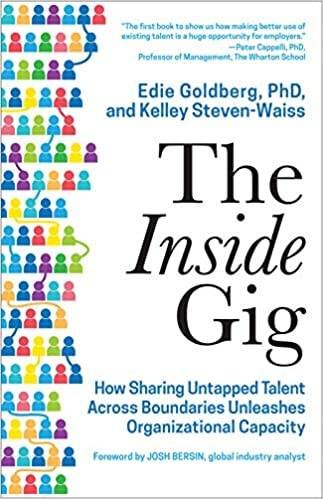Management
Management is about building successful teams. A key responsibility of a manager is to assemble teams to carry out tasks and projects. The best teams are those where each person’s role matches their abilities and interests. Team development is a crucial element for a team to meet challenges and deliver results.
Managers also need to define competencies to ensure that they have the right people doing the work. Managers then need to hire, retain and manage their talents effectively. Good managers thus need to keep their employees motivated by providing encouragement and dealing with issues.
As such, it is important to continually develop and increase your manager’s competencies. A major study has identified that the quality of managers is the single biggest factor in your organisation’s long-term success.
Start today by reading some of the best management books as recommended below.
Quick Navigation
Ginni Rometty led one of the world’s most iconic companies IBM. In this book Good Power she recounts her path from a challenging childhood to becoming the CEO. With candor and depth, Rometty shares milestones from her life and career while redefining power as a way to drive meaningful change in positive ways for ourselves and our organizations.
Through the Power of We, stories are told through five principles (1) Be in service of others (2) Build belief (3) Know what must change and what must endure (4) steward good tech (5) Be resilient.
The book through humility and conviction is a useful guide to any one who want to achieve real change at any stage of their life and work. It will inspire you to reach higher heights for yourself and others.
Harvard Business Review has published some of the best and most influential management and business ideas in the history of modern business. This 100th anniversary commemorative volume brings together the most influential ideas since its inception.
The chapters showcased articles includes
- Michael E. Porter on competitive strategy
- Clayton M. Christensen on disruptive innovation
- Tim Brown on design thinking
- Linda A. Hill on being a first-time manager
- Daniel Goleman on emotional intelligence
- Robert B. Cialdini on the science of persuasion
- W. Chan Kim and Renée Mauborgne on blue ocean strategy
- Gary Hamel and C.K. Prahalad on strategic intent
- Peter F. Drucker on managing yourself
This HBR AT 100 book offers you the most widely read and admired articles. Corporate executives, managers, and leaders will benefit from these most critical ideas in management.
Supply chains are the lifeblood of any business, bridging the distance between producer and customer, supply and demand.
This guide by author Michel Fender sets out the terms and paradigms necessary for an understanding of the supply chain, illuminates the types of value supply chain management can provide to businesses, and covers the solutions that business leaders can implement to reap the benefits of a value-creation supply chain approach.
Next Generation Supply Chains breaks down this complex and important subject with helpful explanations, detailed diagrams and testimonies from leading businesses, laying out why an understanding of supply chain management is integral to any business leader. Overall this is a practical and easy to read book for anyone and companies who is working on supply chains.
100+ Management Models by authors Fons Trompenaars and Piet Hein Coebergh offers a quick overview of the key features and potential applications of each of the most important management models in nine different parts:
1. sustainability,
2. innovation and entrepreneurship,
3. strategy and positioning,
4. diversity of cultures,
5. customers,
6. human resources management,
7. benchmarking and results,
8. leadership and communication, and
9. models for implementation.
The chapters is well written with clear explanations of the models. Each part concludes with a good reflections and a summary of the key points.
This is a useful and essential resource for leaders, managers and executives to learn and apply these management models for their work and careers.
Tim Tobin in this insightful book highlighted we should think of our career as a narrative—with a plot, characters, and an arc. He offers activities and questions that help you better understand your own leadership and how others perceive it.
The book contents include:
– Just What is Leadership
– Understanding and Aligning Your Leadership Story
– The Narrative Arc
– The Art of Communicating Your Leadership Story.
Tobin gives detailed advice on framing your message, finding ways to communicate it, and understanding the role others play in furthering that message.
Importantly, if you don’t tell your leadership story, other people will—and it may not be the story you want told. Taking control of your leadership story with this useful and easy to read book.
A metaphor can help us crystallise what we need to do next. A phrase such as ‘‘the light at the end of the tunnel’ or ‘the risk of not seeing the wood for the trees’ can sum up in a poignant way truths that we as leaders need to recognise.
This useful book provides 200 metaphors to stimulate your imagination and creativity. These metaphors are group under the themes of:
- Vision,
- Values,
- Value-added,
- Vitality,
- Risks to watch,
- Lessons from Shakespeare,
- Our attitude of mind,
- Eternal truths.
Gain new insights with these metaphors from this concise book of leadership metaphors.
It’s the Manager from Gallup shows leaders how to adapt their organizations to rapid change, ranging from new workplace demands to managing remote employees, a diverse workforce, the rise of artificial intelligence, gig workers, and attracting and keeping today’s best employees.
Who is the most important person in your organization to lead your teams through these changes? Gallup research reveals: It’s your managers. The new workforce wants their work to have deep mission and purpose and they don’t want traditional command-and-control managers. They want coaches who inspire them, communicate with them frequently and develop their strengths.
When you have great managers who can maximize the potential of every team member, you will see sustainable revenue and profit growth. This is definitely important for the future of work.
The Inside Gig by authors Edie Goldberg & Kelley Steven-Waiss will show you how to optimize and energize your workforce by deploying the skills of the employees you already have inside your firm across organizational boundaries. Based on six core principles and numerous business case studies, this book will show you how to:
- Uncover the hidden skills within your workforce
- Create a new “Talent Operating Model” to uncover and cost-effectively match the right talent to real-time business challenges
- Apply machine learning and AI to managing the allocation of resources across departments
- Bust the “functional silos” in your company to create agile, collaborative teams,
- Improve employee retention by offering employees the opportunity to expand their careers within your organization.
In a rapidly changing economy that demands the constant reskilling of workers, the future belongs to companies that can access and deploy talent quickly and efficiently. Read The Inside Gig and gain your competitive edge today.
- Block 1: Customer-Obsessed Business Model Building
- Block 2: Continuous Bar-Raising Talent Pool Building
- Block 3: AI-Powered Data & Metrics System Building
- Block 4: Ground-Breaking Invention Machine Building
- Block 5: High-Velocity & High-Quality Decision-Making Building
- Block 6: A forever Day 1 culture. From their high-velocity decision-making to their top talent hiring practices, the insider secrets behind Amazon’s success are now within anyone’s grasp, block by block. Whether you are an established CEO or a recent college grad, this concise and actionable book will help your business win in a new digital era that demands nonstop innovation.
The HBR’s 10 Must Reads Ultimate Boxed Set includes 14 bestselling collections: HBR’s 10 Must-Reads on Leadership; HBR’s 10 Must-Reads on Emotional Intelligence; HBR’s 10 Must-Reads on Managing Yourself; HBR’s 10 Must-Reads on Strategy; HBR’s 10 Must-Reads on Change Management; HBR’s 10 Must-Reads on Managing People; HBR’s 10 Must Reads: The Essentials; HBR’s 10 Must-Reads on Communication; HBR’s 10 Must-Reads on Managing Across Cultures; HBR’s 10 Must-Reads on Strategic Marketing; HBR’s 10 Must-Reads on Teams; HBR’s 10 Must-Reads on Innovation; HBR’s 10 Must-Reads on Making Smart Decisions; and HBR’s 10 Must-Reads on Collaboration.
These books offer essential reading selected from the pages of Harvard Business Review on topics critical to the success of every manager.
Legendary venture capitalist John Doerr reveals how the goal-setting system of Objectives and Key Results (OKRs) has helped tech giants from Intel to Google achieve explosive growth–and how it can help any organization thrive.
In this goal-setting system, objectives define what we seek to achieve; key results are how those top-priority goals will be attained with specific, measurable actions within a set time frame. Everyone’s goals, from entry level to CEO, are transparent to the entire organization. The benefits are profound. OKRs surface an organization’s most important work. They focus effort and foster coordination. They keep employees on track. They link objectives across silos to unify and strengthen the entire company. Along the way, OKRs enhance workplace satisfaction and boost retention.
In Measure What Matters, Doerr shares a broad range of first-person, behind-the-scenes case studies, with narrators including Bono and Bill Gates, to demonstrate the focus, agility, and explosive growth that OKRs have spurred at so many great organizations. This book will help a new generation of leaders capture the same magic.
Conclusion
We will be featuring more top management books here for your success.










